14th, October 2019 | Oh Jinna
7 Awful Presbyopia Symptoms You Never Noticed
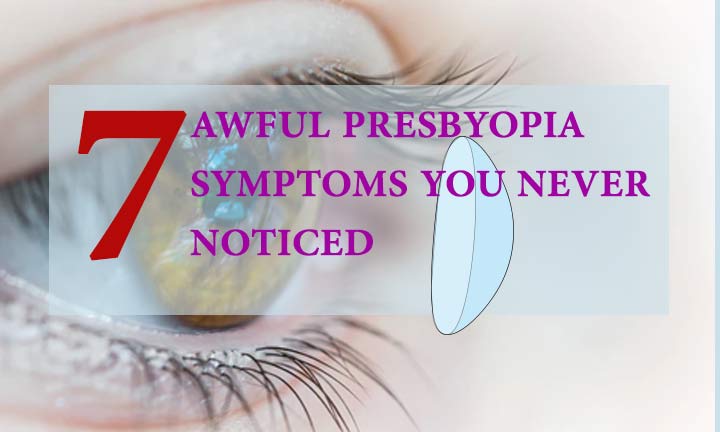
Everyone grows old and you’re no exception. And as you get older, your body goes through different stages of changes. For example, children go through puberty and experience drastic biological growth and changes.
In life, some changes are good while others are bad, and there’s no getting around them. Especially when you’re dealing with nature. So what does presbyopia symptoms have to do with all these changes?
Presbyopia symptoms occur when your body reaches a point of gradual decline. To put it simply, the ability of your eyes to focus on near objects naturally diminishes.
According to a study from Brien Holden Vision Institute on 2015, presbyopia affected roughly 1.8 billion people all over the world. In fact, presbyopia is unavoidable, and is the natural loss of your near focus vision.
Presbyopia symptoms generally appear when you reach 40 years of age. At this age, you’ll start to have difficulty reading messages on your smartphone.
Causes of Presbyopia
You can’t see anything without your eyes, right? But you should also know how your eyes work and give you vision. Your eyes have specific parts that are called the cornea and the lens.
These parts allow you eye focus on the light that are reflected from your environment which gives you your vision. Additionally, do you notice how the middle part of your eye widens or dilates at times?
That happens because your lens flexes whenever it focuses on objects that are very close to you.
- Cornea – Your eye has different layers within it and the cornea is the surface. It is a clear or transparent bulge in front of your eye. You’ll also be able to identify the cornea as the clear dome of your eyeball.
- Lens – The lens of your eye sits beneath the cornea and iris. It is tucked deep in your eye and is about the size of a small mint. Your lens is clear or transparent and is responsible for your focusing capabilities.
You cornea and lens work together to refract light and focus the pictures on your retina. Additionally, you can find your retina at the back of your eye.
The cornea and the lens of your eye work very differently. Unlike your cornea, your lens has muscles around it that can help it flex and alter its shape.
As a result, your lens can change its shape to give your eyes its focusing capabilities.
For example, the muscles around your lens relaxes whenever you look at distant objects.
Similarly, the same muscles compress which changes the curvature of your lens so you can focus on near objects.
Prevalence of Presbyopia

According to an NCBI article, a presbyopia study for countries with low and middle income showed the severity of presbyopia.
The study showed that more than 50 percent of adults at the age of 30 and above had presbyopia. Additionally, most of the respondents affected by presbyopia had not corrective treatment.
Your eye problems will occur when your lens start to harden as you get older. As a result, your lens loses its flexibility and it’s ability to focus on objects that are near you.
That’s when you’ll start to find reading books and messages up close to be very difficult. In fact, things that are near your face will just appear to be blurry and out of focus.
Read this article if your vision isn’t as good as it used to be: 12 SUBTLE SIGNS YOUR VISION IS GETTING WORSE.
Despite all the modern medical advancements, there is still no proven method of preventing or undoing the effects of presbyopia.
However, you shouldn’t feel too bad because this is, after all, part of aging. You, like any other person, will eventually get older and that shouldn’t be something to be afraid of.
In fact, you can find joy in people who age gracefully simply because they accept this natural process. Besides, you shouldn’t worry too much about being visually impaired as you get older.
Although it can’t be cured, there are still many ways to correct presbyopia. You have the option to use corrective eyeglasses, contact lenses, or even surgery.
Additionally, getting eyes treated can help you avoid presbyopia symptoms like eye strain and headaches.
Common Presbyopia Symptoms
You’ll generally notice these presbyopia symptoms when your reach the age of 40. However, these symptoms can appear a little bit earlier or later depending on the person.
So, if you you’re getting older or if you just want to be prepared, watch out for these symptoms.
1. Closer Reading Materials

Do you ever wonder why grandparents in general need to put whatever they’re reading so close to their faces? Well, don’t worry, because you’ll understand why when you get to their age.
Because of presbyopia, you’ll eventually find it very hard to focus on objects that are near you.
And it’s not only limited to reading materials. You’ll also find it hard to focus on images, especially when they’re really small.
So if you love to read or use your mobile devices, you better be ready for this disadvantage.
However, you can always put your reading material closer to your eyes or you can even get reading glasses.
2. Squinting
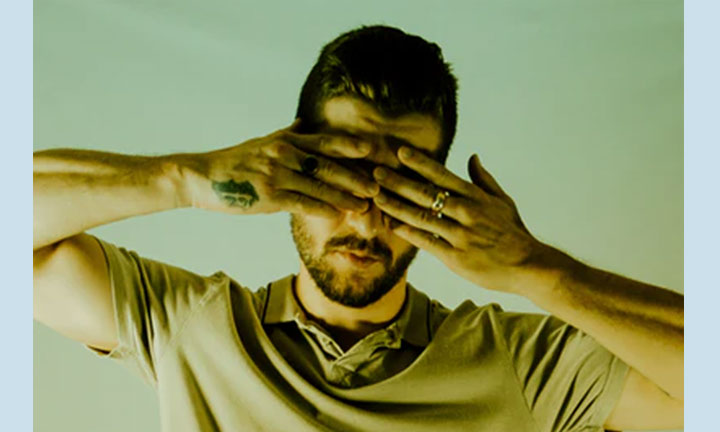
Aside from reading things up close, another one of the common presbyopia symptoms is constantly squinting your eyes. Squinting means that you’re eyes are trying to compensate for its reduced focusing capabilities.
So when your eyes start to loose their focusing powers, you end up squinting your eyes regularly.
In fact, you’ll start to squint more often than not. So try to watch out if you notice yourself squinting more often when your reading or writing.
3. Difficulty Reading

When you notice yourself squinting, you better be prepared to have a harder time reading. Increased difficulty in reading is another of the top presbyopia symptoms to look out for.
Since your eyes won’t be able to focus as well as they used to, small letters will be unreadable. In fact, any small text or characters like numbers and symbols won’t be readable.
As a result, you’ll constantly find yourself re actively squinting your eyes to make sense of these blurry lines. Additionally, you’d even notice yourself putting your reading materials directly in front of your face.
Just be careful because using your mobile devices too close may lead to more eye problems.
4. Eye Fatigue
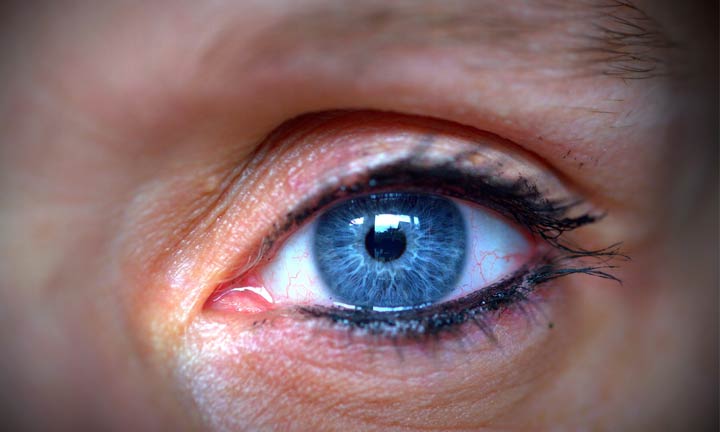
Since you the previous presbyopia symptoms are forcing your eyes to work harder, you’ll end up with eye fatigue.
The constant squinting and failed effort or focusing on your reading materials will lead to some serious eye fatigue.
Which is usually accompanied by slight dizziness and a lot of headache. Eye fatigue from presbyopia normally comes after doing hours of extensive close-range work.
For example, reading tons of research papers, putting in hours of drafting work, or simply using the computer for too long. There are a lot of factors that lead to eye fatigue even if your vision is perfectly healthy.
As a result, doing these types of close-range activities can be more detrimental to people with presbyopia.
5. Eyestrain
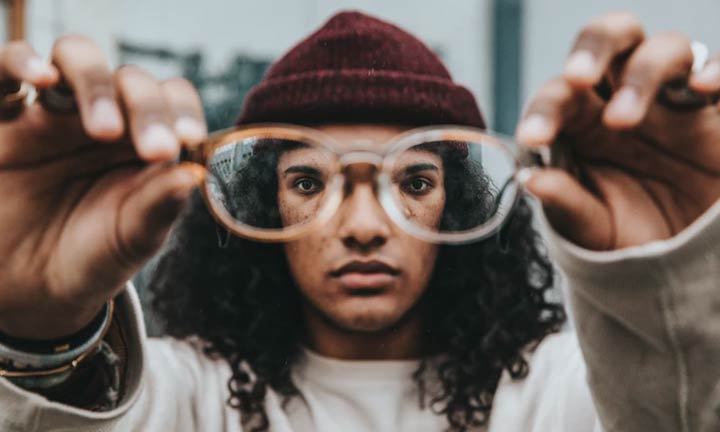
Do you find your eyes feeling painful after reading a book? Suffering from eye strain is one of the most common presbyopia symptoms. The stress in your eyes usually occurs after reading long texts from books or computer screens.
Since your eyes can’t focus correctly anymore, they’ll exert extra amounts of effort when you look at near objects. In fact, the light from your digital devices can even strain your eyes even more.
Read this article if love using your digital devices: HOW DIGITAL DEVICES ARE THE NUMBER ONE REASON FOR EYE STRAIN.
Take a few rest whenever you feel like your face is too close to your reading material. Reading things up close can be stressful for the eyes.
And doing so for long periods of time can only make your eyes hurt more. You wouldn’t want your eyes throbbing in pain all day, right?
That’s why you should take a break and look at distant views between your intensive work.
6. Headaches
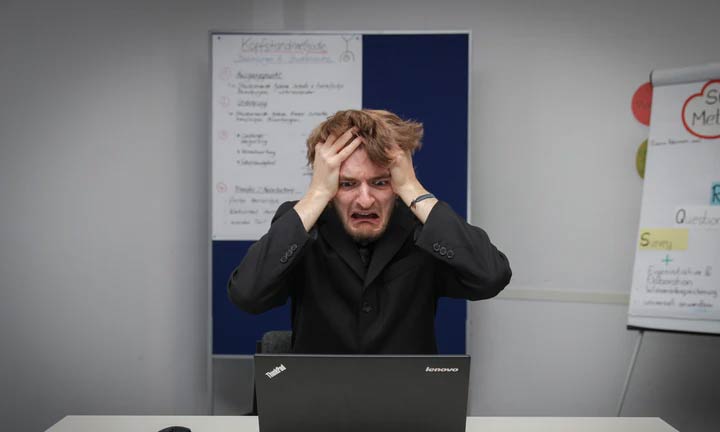
Notice any headaches recently? If you have problems with eye strain, you may also experience some headaches every now and then.
Because of presbyopia, your eyes will have a harder time focusing on small texts from books or computer screens. And when your eyes get over fatigued, you’re bound to have some headaches along with it.
So if you want to avoid that constant throbbing in your head, make sure to rest your eyes every few minutes. In fact, it’s important that you give your eyes a five minute break between reading sessions.
This will help you avoid eye strain that can eventually lead to headaches.
7. Low Light Visibility
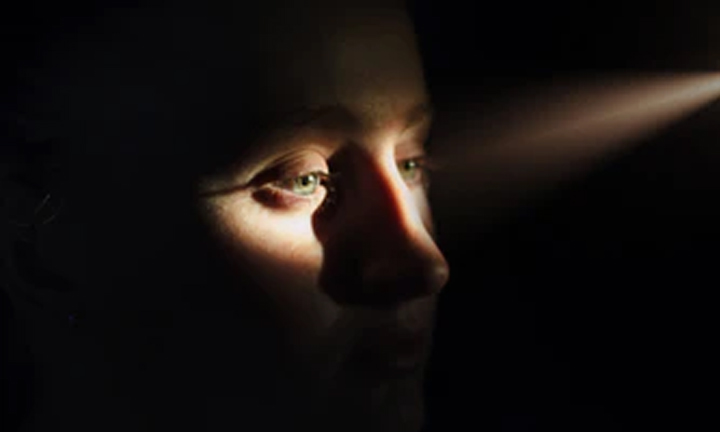
Finally, you have one more common presbyopia symptoms to look out for. And you’ll notice this when the lights are low. When you have presbyopia, you’ll find it harder to read in the dark —not that reading in the dark is easy.
However, with this condition, reading with dim lights will be more difficult for you. Additionally, your the problems that occur from your reduced low-light vision isn’t exclusive for reading only.
In fact, you’ll find it hard to do any close-range task when the lights are low. You can work around this symptom by staying in a well-lit room, especially when your working.
You can try to keep a bright lamp beside you at night to help your vision. But if it doesn’t work, just find a bright room where your eyes can focus better.
Do you need to see a doctor?

You should see an eye doctor as soon as you experience any presbyopia symptoms. Since presbyopia causes you to lose your near vision, it may affect your work and other recreational activities. That’s why getting your eyes checked early can help you cope better with this condition. In fact,your doctor will give you some advice and options on how to deal with presbyopia correctly.
Presbyopia Treatment

After you notice the common presbyopia symptoms and you get your eyes checked. The next phase that you need to consider how to treat your vision problem.
Normally, your doctor will give you all the details about presbyopia that you need to know. But we have a list of treatments for you to think about before getting your eyes checked.
Hopefully, this list will give you enough information to make a more suitable decision later on.
Corrective Eyeglasses
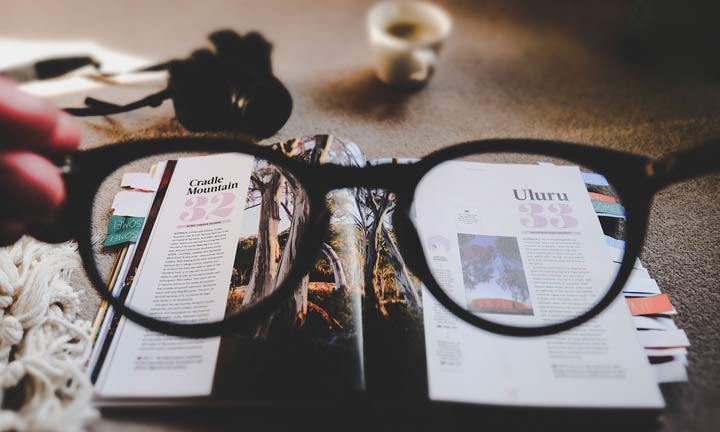
There’s a reason why most, if not all, of our grandparents wear some kind of eyeglasses. This is because corrective eyeglasses is the most common treatment for presbyopia for people above 40 years of age.
You can get line-free multifocal lenses to bring back your close-up vision. Additionally, this type of eyeglasses also ensure that you have great vision at all distances.
You can also use eyeglasses with bifocal lenses for your presbyopia. However, this type of lens provides less visual range when you use it for presbyopia.
Read this article if you’re planning to get glasses: REASONS WHY YOU SHOULD NEVER SETTLE FOR CHEAP EYEGLASSES.
There are other types of lenses that can help you it with specific issues. For example, photochromic or transition lenses can help you reduce eye problems from intense sunlight and eye-damaging glare.
You can also opt for reading glasses when you really need a specific pair of lenses for your work.
Reading glasses are also convenient since you only have to wear them when you need to enhance your near vision.
These days, you have a lot of lens options that can fit your specific lifestyle.
Corrective Contact lenses
If you’re not a fan of eyeglasses, you also have the option to use prescription contact lenses. Multifocal contact lenses are available for people who are looking to correct their presbyopia.
Additionally, you even have the option to choose between gas permeable or soft contact lenses. If you want to know more about the differences of these types of lenses, just read the article below.
Read this article to learn about the types of contact lenses: 5 TYPES OF CONTACT LENSES THAT YOU SHOULD KNOW.
While contact lenses may seem like the ideal solution for your vision, it’s not without pros and cons.
Yes, contact lenses are safe, convenient, and very effective, however you should learn the proper contact lens care. Additionally, similar to eyeglasses, you’ll need to get new prescriptions as you get older.
This is because your eyes continuously change as you grow, which means that you’ll also need lenses with stronger corrective power. Just have your eyes checked regularly with your trusted eye physician.
Presbyopia surgery
Finally, you have the option to have your eyes operated. Presbyopia surgery isn’t as popular as the above-mentioned treatments, however, it’s an option to consider.
Especially if you’re the type of person who doesn’t want to wear contact lenses or eyeglasses. If you’re curious about presbyopia surgery, a good start is to get your eyes checked.
You’re doctor can determine if you’re an ideal candidate for this type of surgical procedure. Additionally, you need an extensive eye exam and consultations with a surgeon who specializes in presbyopia.
If all goes well, you could be one step closer to a lens-free life.
Conclusion
Whichever treatment you want to get, remember that the first step is to identify the common presbyopia symptoms.
Looking out for the signs of presbyopia can help you prepare yourself for the ideal treatment. Remember to consider your lifestyle when you make this decision. And always consult a trusted eye physician for better results.
References:
Global Prevalence of Presbyopia and Vision Impairment from Uncorrected Presbyopia: Systematic Review, Meta-analysis, and Modelling
https://www.sciencedirect.com/science/article/pii/S0161642017337971
Presbyopia: prevalence, impact, and interventions
https://www.ncbi.nlm.nih.gov/pmc/articles/PMC2040246
12 SUBTLE SIGNS YOUR VISION IS GETTING WORSE
HOW DIGITAL DEVICES ARE THE NUMBER ONE REASON FOR EYE STRAIN
REASONS WHY YOU SHOULD NEVER SETTLE FOR CHEAP EYEGLASSES
5 TYPES OF CONTACT LENSES THAT YOU SHOULD KNOW

Leave a Reply
You must be logged in to post a comment.